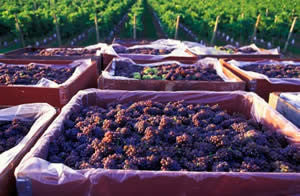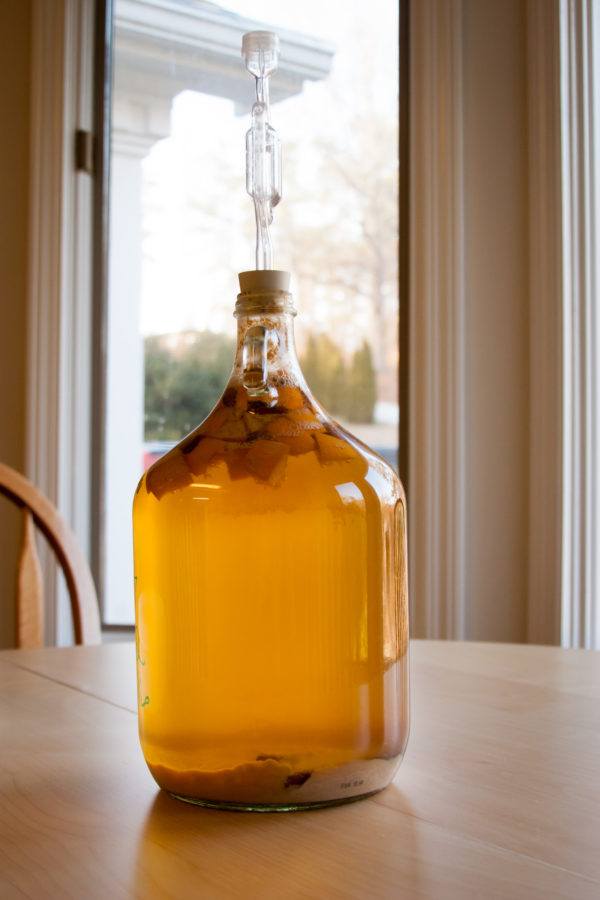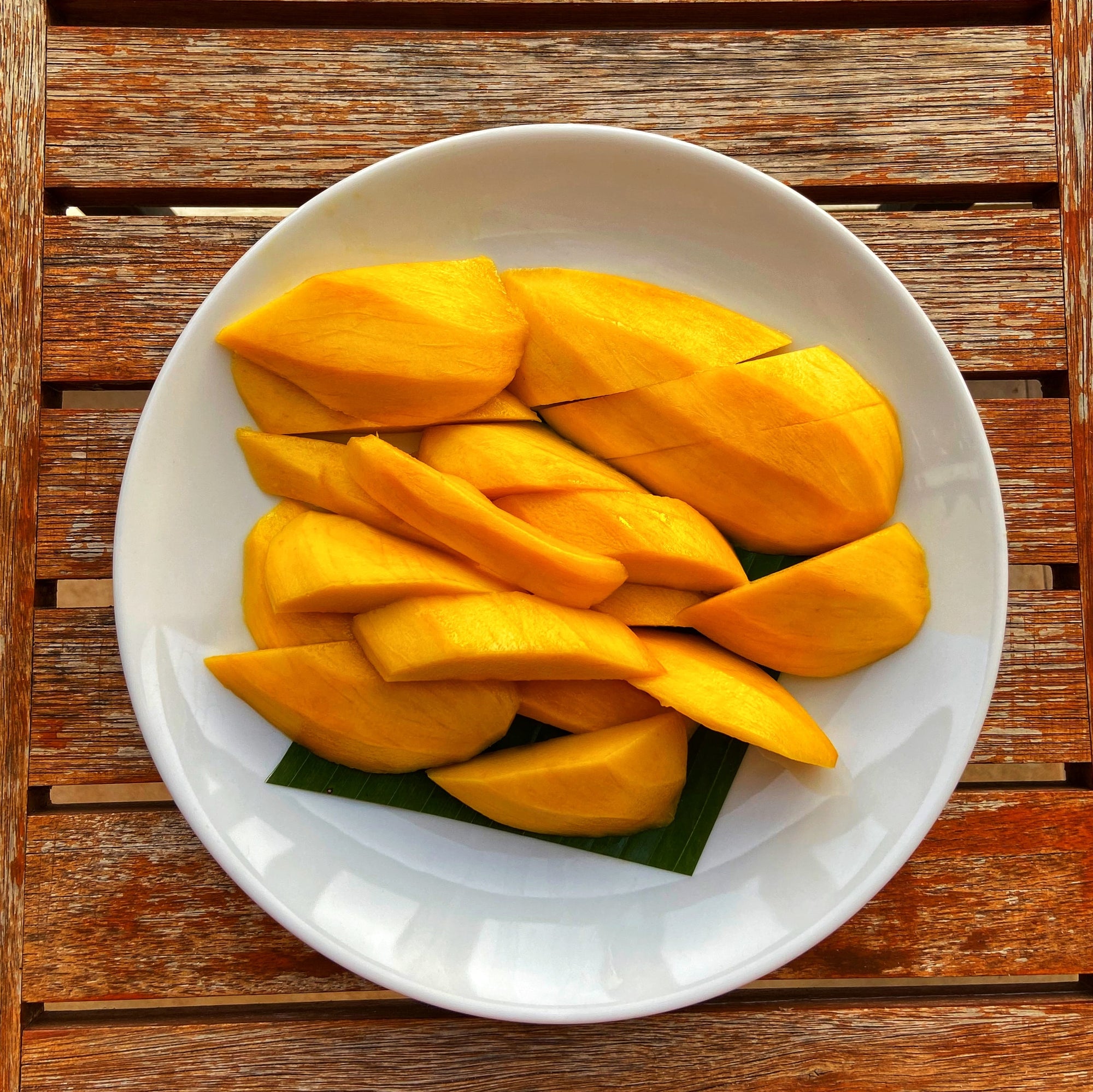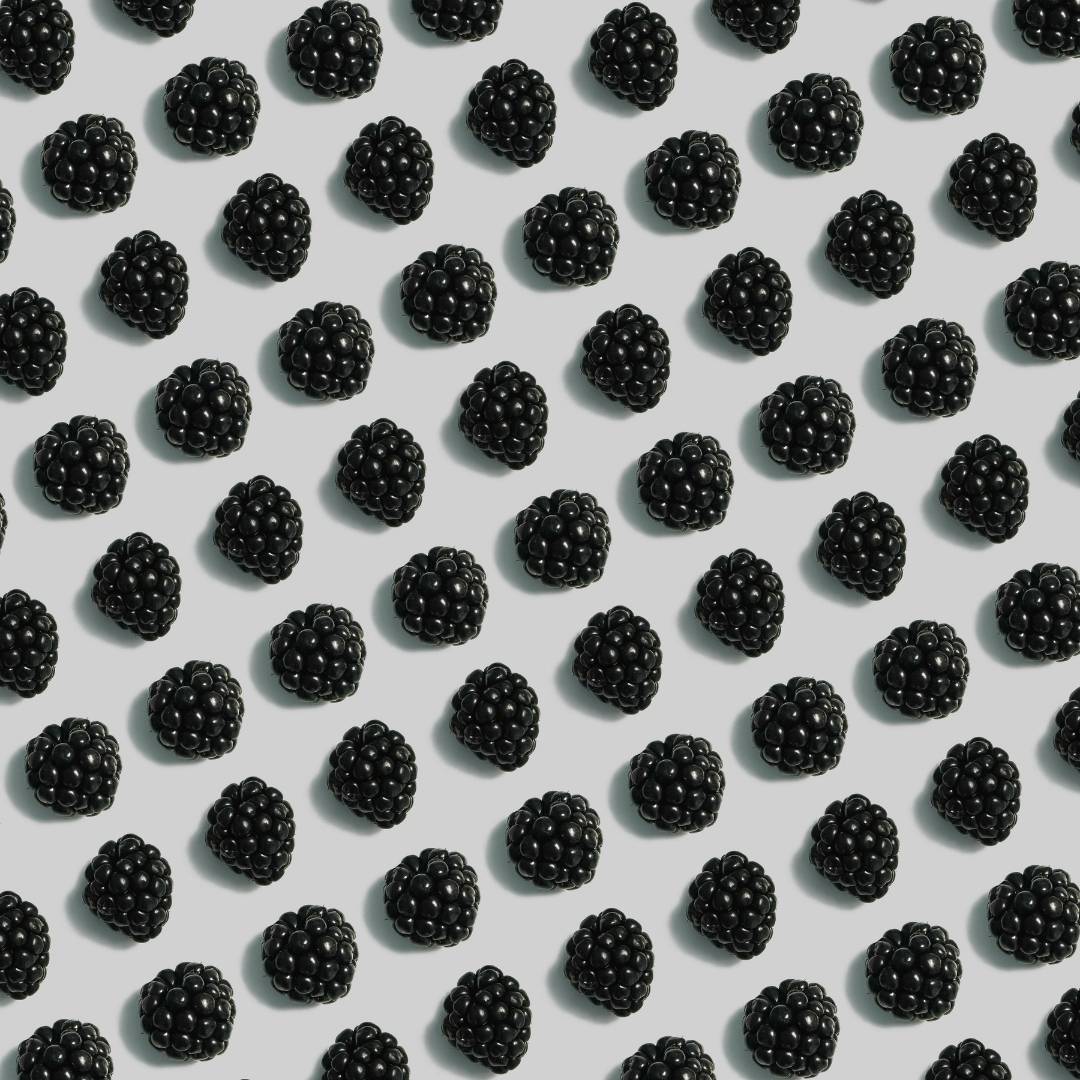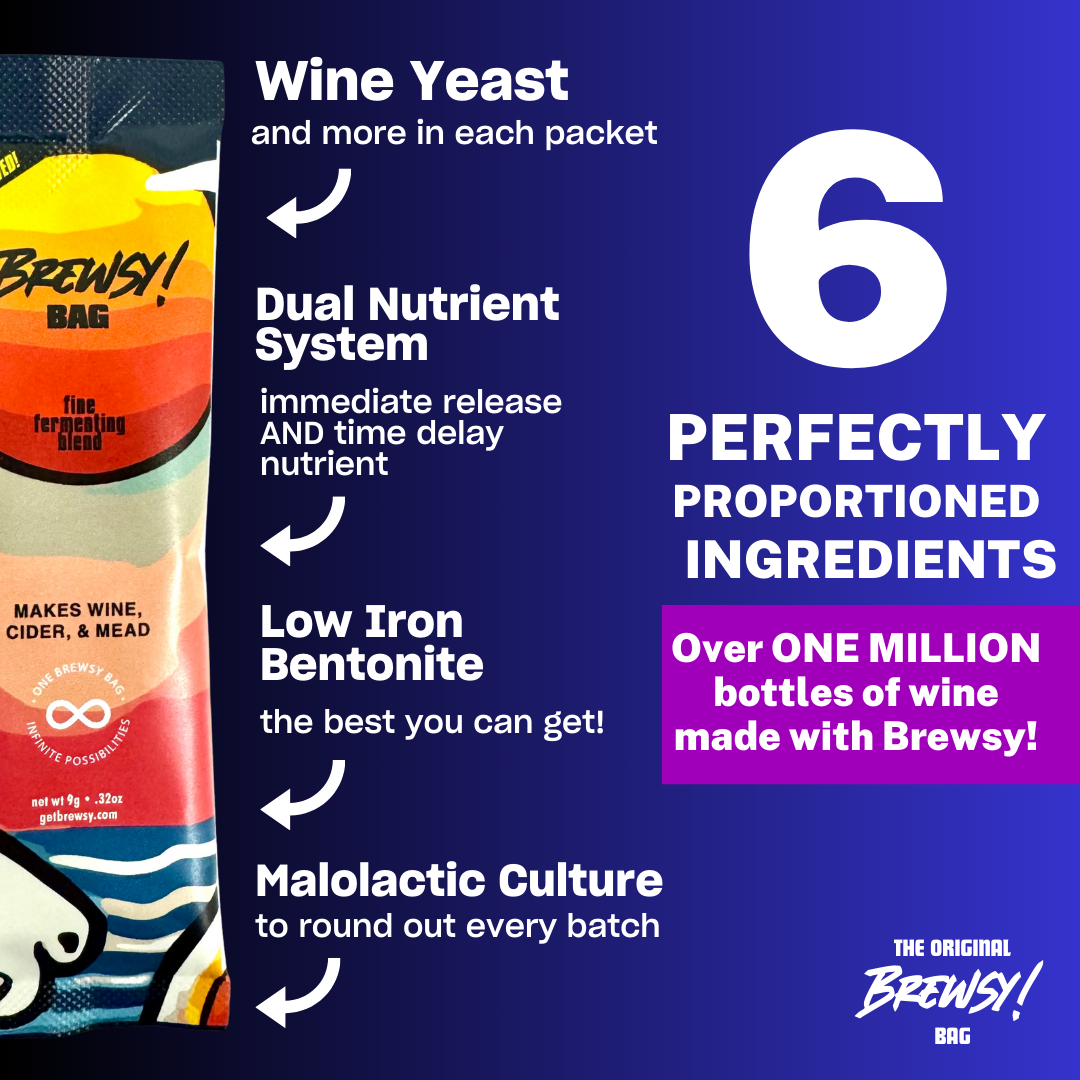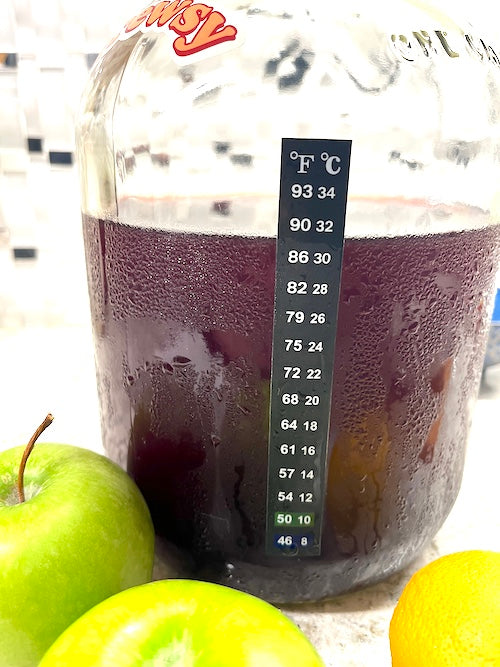What’s the Difference Between Primary and Secondary Fermentation?
What’s the Difference Between Primary and Secondary Fermentation?
When joining the winemaking world, you might come across the phrases "primary fermentation" and "secondary fermentation." Do not worry, this does not mean you have to ferment your brew twice.
Primary fermentation is the first stage of fermentation, and it begins as soon as you add your yeast to the must or juice. During this stage, the yeast population is growing rapidly, and there is a lot of visible activity during primary fermentation. Common visual cues are foaming and a very active airlock. This is because primary fermentation is the most active and productive phase of fermentation due to all the sugar the yeast have to eat. They are there to produce alcohol, so might as well give them a feast.
Secondary fermentation begins when things start to slow down; the yeast has eaten all the sugar and is beginning to die. With the bulk of the alcohol produced during the primary stage, it also inhibits the yeast's ability to reproduce. Secondary fermentation lasts between one to two weeks and is a much slower process. It is important to note that secondary fermentation is not a second fermentation; it is simply the continuation of primary fermentation.
Malolactic fermentation is also not a secondary fermentation. Malolactic fermentation is a process that occurs after primary fermentation is complete. During malolactic fermentation, bacteria convert the harsher malic acids into softer lactic acids. This process can take several weeks to complete.
To clarify, though, a second fermentation takes place when surplus sugar in the brew not previously eaten by the yeast starts the alcohol fermentation again. This normally happens when a brew is backsweetened before all the yeast have died, or before racking.
So, now that you know the difference between these three types of fermentation, you can go out and make some amazing wine! Just remember, primary is the beginning, secondary is the middle, and malolactic is at the end. Easy enough, right? Happy fermenting!
tea



